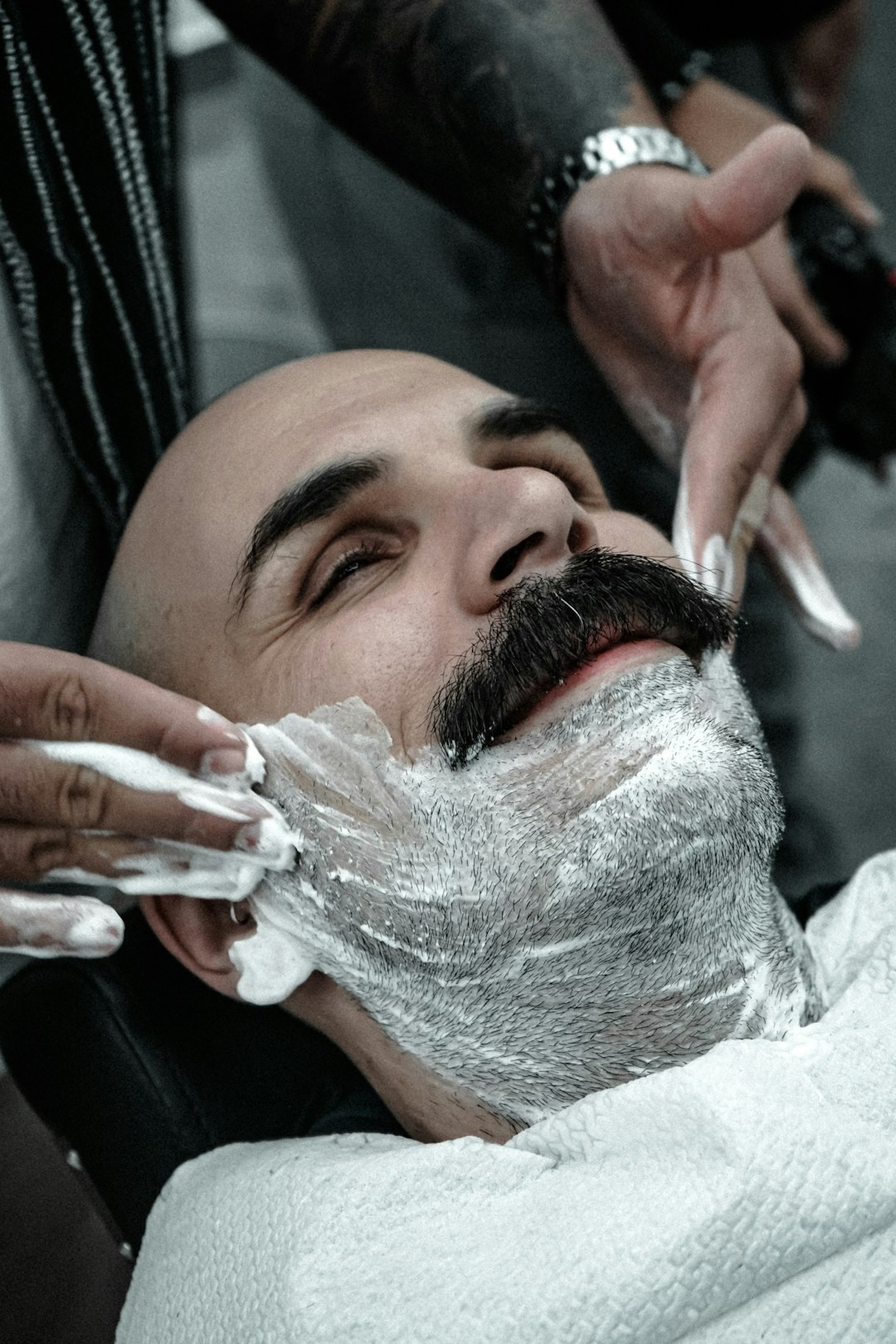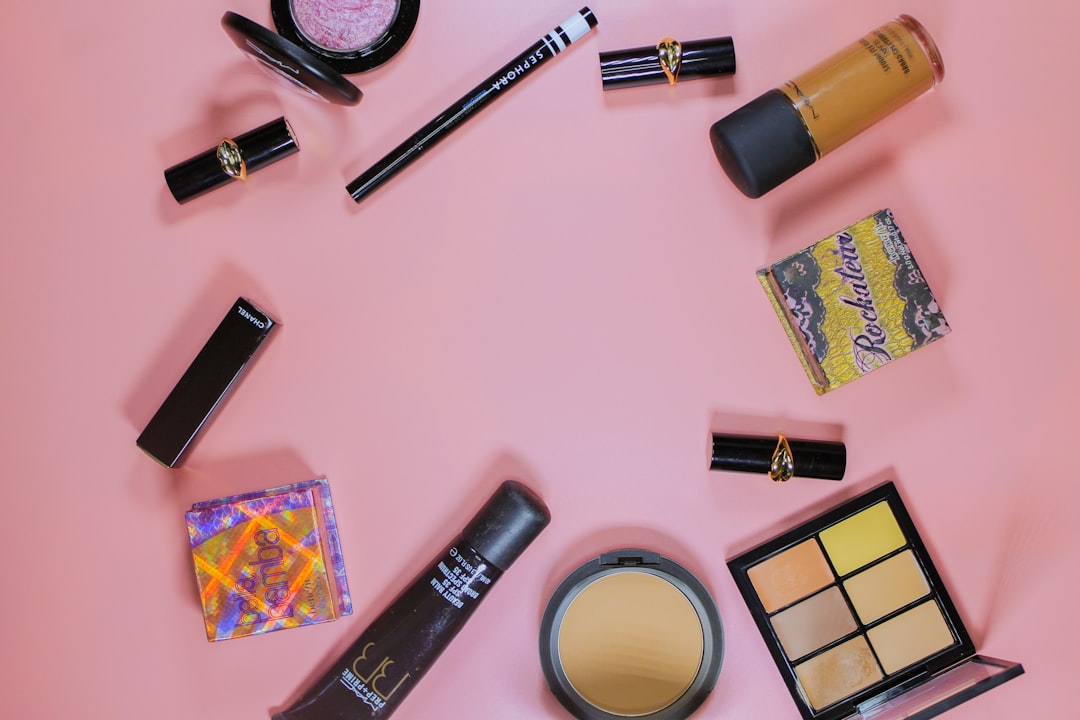Once upon a time, small brands needed big retailers to survive. Not anymore. Welcome to the exciting world of direct-to-consumer (D2C) eCommerce. It’s where small businesses go big — without the middleman. Through clever branding, smart marketing, and digital tools, they’re connecting with customers directly and making a splash.
This isn’t just a trend. It’s a revolution. And we’re about to dive into some amazing success stories that prove it.
The Rise of the Little Giants
D2C brands sell directly to customers online. No retail giants. No shelf space battles. Just a solid website, a social media strategy, and an awesome product. Here’s how some startups made it big on their own terms.
1. Glossier: Beauty Built on Instagram
Glossier started as a beauty blog called “Into The Gloss.”
- Founder Emily Weiss created content her audience loved.
- She listened to what people actually wanted in their products.
- Then she launched Glossier — and BOOM! — an instant hit.
Glossier didn’t go to retail stores. It built its home online. Social media, especially Instagram, became its storefront. Eyebrow gel and dewy skin never looked so cool.

2. Warby Parker: Eyewear with a Twist
Warby Parker changed how people buy glasses. Before them, getting new specs meant spending a fortune at a store.
These guys said, “Let’s sell online and let people try them at home.” Genius.
- They cut out the retail middleman.
- Prices dropped. Style went up.
- And customers could try 5 pairs at home — for free.
People loved it. Today, Warby Parker is a multimillion-dollar brand. And it all started with one bright D2C idea.
3. Dollar Shave Club: Viral Video Gold
Remember that hilarious video of the guy saying, “Our blades are f*ing great”? That’s how Dollar Shave Club launched. And guess what?
- The video cost under $5,000 to make.
- It went viral.
- They got 12,000 orders in 2 days.
Talk about a strong start. They scaled fast by keeping things simple: low prices, quality razors, subscription delivery. No store shelves needed.

What These Brands Did Right
So, how did they pull it off? Let’s break it down.
- They knew their audience. They listened, engaged, and adapted.
- They focused on branding. Every post, product, and page told the same story.
- They used social media like pros. Instagram, YouTube, TikTok — these were their highways to customers.
- They made it personal. Buying from them felt like buying from a friend. Not a corporation.
D2C Is for Dreamers (Like You!)
Think of D2C as your golden ticket if you’re starting a brand. You don’t need a million-dollar budget or a retail deal. What you need is:
- A product people want
- A story that connects
- An online presence that shines
And most of all, the guts to go for it.
Still Not Sure It Works?
Let’s look beyond the beauty and glasses game.
- Allbirds: A shoe company loved for comfort and sustainability.
- Casper: They made buying a mattress cool. Seriously.
- Mejuri: Jewelry that feels luxurious, not expensive.
All of them skipped retailers at first. All of them proved D2C works — big time.
Ready to Start?
The power in D2C is that YOU control the journey. From product creation to packaging to customer service — it’s all yours. And with the internet as your playground, you can reach the world.
So whether you’re selling socks, smoothies, or something super new — take inspiration from the brands above. You don’t have to be big to make a big impact.
You just have to start.


